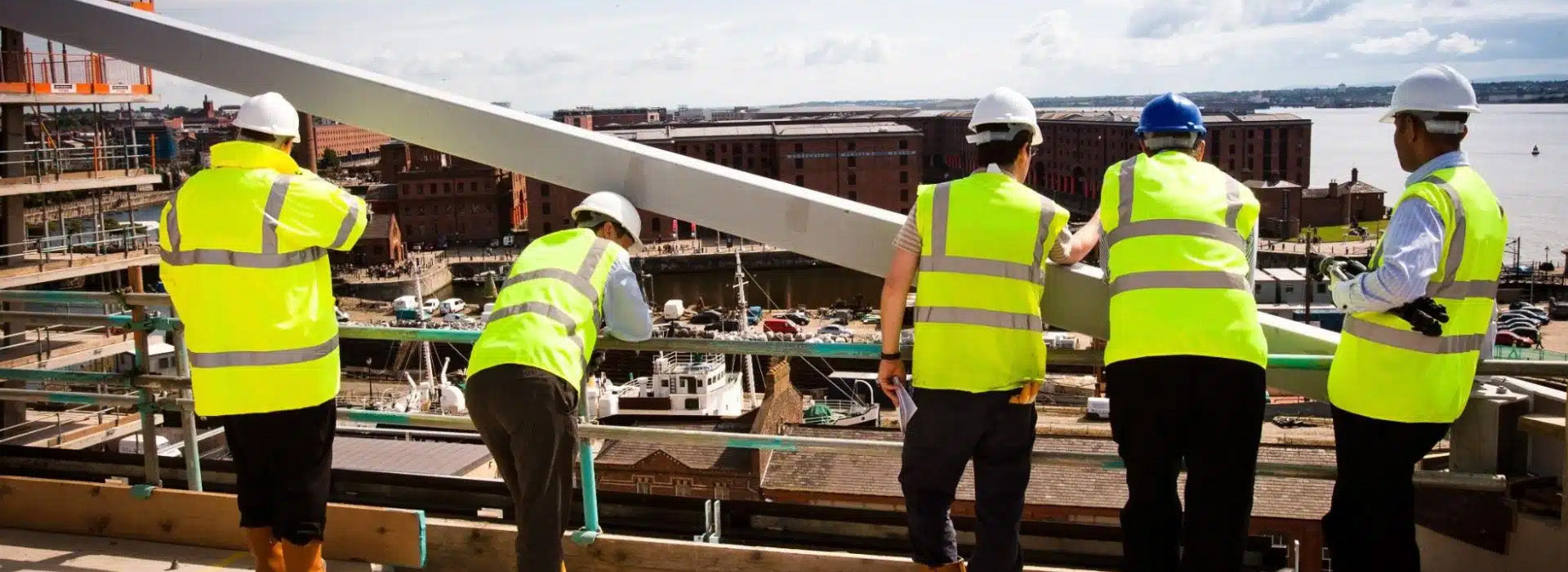Hi-vis clothing is a life-saving tool, designed with real science behind it. In high-risk environments, visibility can make the difference between a near-miss and a major accident. But what exactly makes hi-vis workwear so effective? It all comes down to two powerful principles: colour psychology and reflective technology.
Let’s dig into how these elements work together to keep people safer on the job.
Why Visibility Matters
In workplaces with fast-moving vehicles, heavy machinery, or dim lighting, the human brain doesn’t always process visual information quickly. In fact, according to the UK Health and Safety Executive, poor visibility is a factor in over 20% of workplace injuries in industrial settings.
This is especially dangerous in low-light conditions like dawn, dusk, or nighttime operations, and during poor weather conditions like fog or rain.
That’s where hi-vis clothing comes in.
The Colour Theory: Why Neon Works
Hi-vis garments often come in bright colours like fluorescent yellow, orange, and lime green. But why these colours specifically?
1. High Luminance Contrast
Fluorescent colours stand out because they absorb UV light and re-emit it as visible light, making them appear to “glow” under daylight. This means they remain highly visible even during overcast days.
2. Background Contrast
These shades rarely appear in natural environments. A lime green vest in a brown-and-grey industrial zone immediately catches attention.
3. Visual Salience
The human eye is hardwired to notice sudden changes in colour, especially high-saturation tones. Bright oranges and yellows create a sharp contrast with most backgrounds, triggering faster visual recognition.
Fun Fact: Fluorescent yellow-green has been scientifically proven to be the most visible colour to the human eye, particularly during the day (Source: Color and Visibility in the Road Environment, Transportation Research Board).
Reflectivity: Safety After Sundown
Hi-vis colours help during the day. But what happens when the sun sets?
This is where reflective tapes and materials play a critical role. Reflective elements don’t glow on their own, they bounce light back to its source. When car headlights hit reflective stripes, they shine directly back toward the driver’s eyes.
1. Retroreflection
Most hi-vis gear uses glass bead or microprism retroreflective technology:
● Glass Beads: Spherical beads reflect light back in the direction it came from.
● Microprisms: Small prism-like structures provide a higher intensity of reflected light.
2. Angle Efficiency
Reflectivity also works at various angles. That’s why stripes are often placed on sleeves, legs, and shoulders, so workers are visible from all perspectives.
Stat Check: According to the National Institute for Occupational Safety and Health (NIOSH), reflective hi-vis clothing can reduce struck-by accidents by up to 70% in low-light conditions.
Class Ratings: Not All Hi-Vis Is Equal
Hi-vis gear is categorised by class, depending on the amount of reflective material and background fabric used.
● Class 1: Low-risk (e.g., warehouse workers with no traffic exposure)
● Class 2: Moderate risk (e.g., road construction)
● Class 3: High risk (e.g., night work on highways)
Employers must assess job roles and select the appropriate class to ensure maximum protection. It’s not just about visibility, it’s about the right visibility.
Colour vs Reflective: When Each One Works Best
|
Scenario |
Best Feature Needed |
Recommended Gear |
|
Daylight hours |
Bright colour |
Fluorescent yellow vest |
|
Nighttime with traffic |
Reflectivity |
Class 3 jacket with wide tape |
|
Poor weather (fog, rain) |
Both |
Fluorescent + reflective combo |
|
Indoor dimly lit warehouses |
Colour (mostly) |
Neon-coloured shirt |
Real-World Application: Case Study Snapshot
A 2022 internal audit at a logistics company in Lahore found that switching from Class 1 vests to Class 2 reflective gear for nighttime loading dock workers reduced minor vehicle-pedestrian incidents by 60% in just six months.
That’s the power of optimised visibility.
Misconceptions to Avoid
"Any bright colour will do."
Nope. Fluorescent colours have specific properties that ordinary colours don’t. Wearing red or blue might feel ‘bright’, but doesn’t offer the same contrast or UV re-emission.
"Reflective gear is only for night."
Wrong again. Reflectivity helps in fog, rain, and even shaded indoor areas.
"All hi-vis is created equal."
A neon hoodie from a sports brand is not equivalent to certified ANSI/EN hi-vis workwear.
What Employers Should Do
- Assess the risk: When, where, and how your team operates should drive what level of hi-vis you provide.
- Choose certified gear: ANSI, EN ISO 20471, and similar standards exist for a reason.
- Educate your teams: Knowing why they wear what they wear fosters compliance.
In Summary:
Hi-vis gear isn’t just smart design, it’s smart science. By understanding how colour perception and reflectivity work, organisations can make better safety decisions and ultimately, save lives.
And in a world that doesn’t slow down, visibility gives workers the one edge they need: to be seen.
Ready to upgrade your safety gear?
Explore our range of certified hi-vis workwear, built for visibility, comfort, and compliance.


